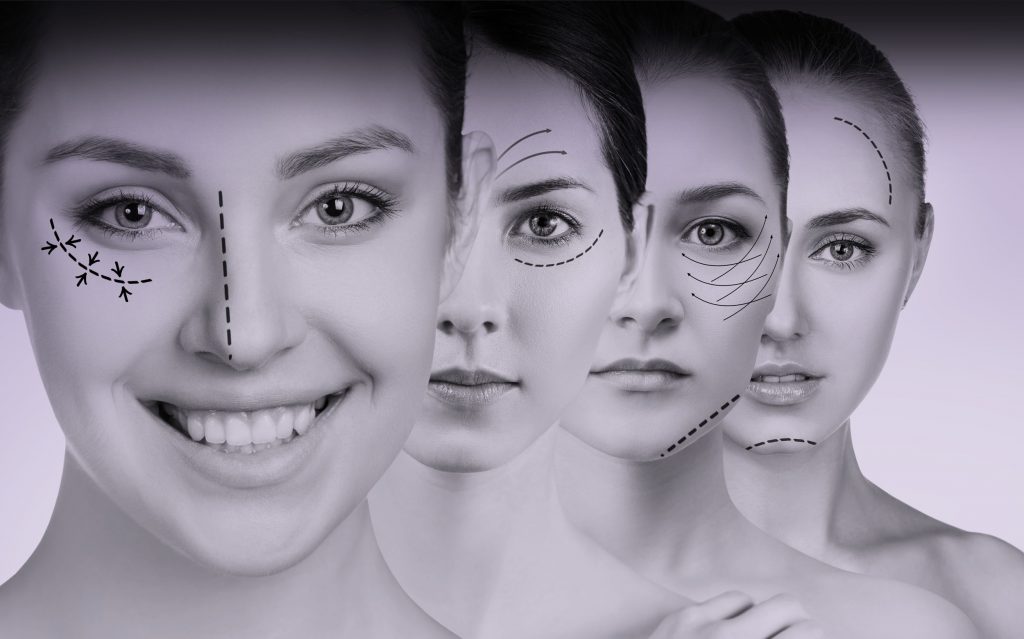
#PROCEDURE
CHIN SURGERY IN TURKEY
Chin surgery, or mentoplasty, is a surgical procedure to reshape the chin either by enhancement with an implant or reduction surgery on the bone.
Plastic surgery, and other minor office procedures, can often be performed on the lower jaw line and chin area to improve proportions of the face and to help with one’s confidence and self-esteem. These types of interventions are frequently suggested by board-certified plastic surgeons to improve the harmony of facial features and improve the chin/jaw/cheek/forehead balance.
Sometimes bone from the jaw itself can be moved forward in an operation called a mentoplasty or genioplasty. Alternatively, shaped silicone implants can be used to give more projection to the chin. Conversely, bone can be removed to decrease an overly projecting chin. Furthermore, modifications to the upper and/or lower jaw can be advised for improved chewing dynamics and occlusion – or how the teeth fit together. These operations can range from simple to very complex.
MAKE YOUR APPOINTMENT WITH OUR SPECIALIST
You can get a free hair analysis in under 3 minutes with our online assistant.
GET YOUR DOCTOR REPORT
Start your transformation today!
Submit your info for a FREE CONSULTATION!


#PROCEDURE
TYPES OF CHIN SURGERIES
Chin augmentation/implants
Chin augmentation surgery is usually performed to augment an underprojected chin. Typically, this is accomplished by placement of an implant directly on the bone. A small incision is made either inside the mouth or underneath the skin of the chin. After the implant is placed, the incision is then closed with sutures. Mild swelling may occur for a few days, and patients usually are able to return to work within a week.
Chin reduction surgery
Chin reduction surgery, or chin shaving surgery, is performed to reduce a prominent or overprojected chin. The surgery is typically performed under general anesthesia as an outpatient procedure. A small incision is made either inside the mouth or underneath the skin of the chin. Excess bone is removed, and the chin is contoured to the desired shape. The incision is closed with sutures.
#GETYOURANSWERS
FAQ ABOUT CHIN SURGERY
Your chin implant will be very strong and durable. As a result, this implant will permanently improve the contours of your face. Under most circumstances, you will not need to receive a replacement device during your lifetime. Although your cheeks, lips, and other facial features will continue to age, your enhanced chin should last for many years.
Your Genes The relationship between your lower and upper jaw will affect the appearance of your chin. If your lower jaw is set too far back, you may appear to have a receding chin. Your family history will influence the shape and overall appearance of your chin. If your mother, father, and other family members have receding chins, you will be more likely to have this facial feature.
Under most circumstances, this condition will not cause you to experience discomfort or suffer from health problems. However, your receding chin may cause you to feel embarrassed about your profile.
Your Age As you become older, you will be more likely to experience bone and tissue loss in your face. These changes can cause your chin to recede.
Your Teeth If you used pacifiers or sucked on your thumb while you were a child, you might develop an overbite. An overbite occurs when your upper teeth overlap too far in front of your lower teeth. If you have a severe overbite, your chin may move back toward your ears. This change can make your chin look very small and undeveloped. In addition, you might look like you have a double chin.
However, you might not be able to receive this chin procedure if you are a smoker, have high blood pressure, or suffer from a bleeding disorder. In addition, you cannot receive an implant if your chin is still growing. Further, we will advise you to use a different technique to improve your appearance if you have significant bone loss in this part of your face.
We may also advise you to obtain prescription medications before your appointment and set up a comfortable room where you can rest during the beginning of your recovery period. Since you will receive anesthesia during your procedure, you will not be able to drive yourself back home. As a result, you should also recruit a relative or friend to take you home after you receive your implant.
After your anesthesia has started to work, we will make a very small incision under your chin. This incision will allow us to make space for your implant. Next, we will carefully insert your implant into your chin and mold this device around your chin bone. After your implant is in position, we will close up your incision and put bandages onto your chin. It will usually take us less than 60 minutes to finish this process.
